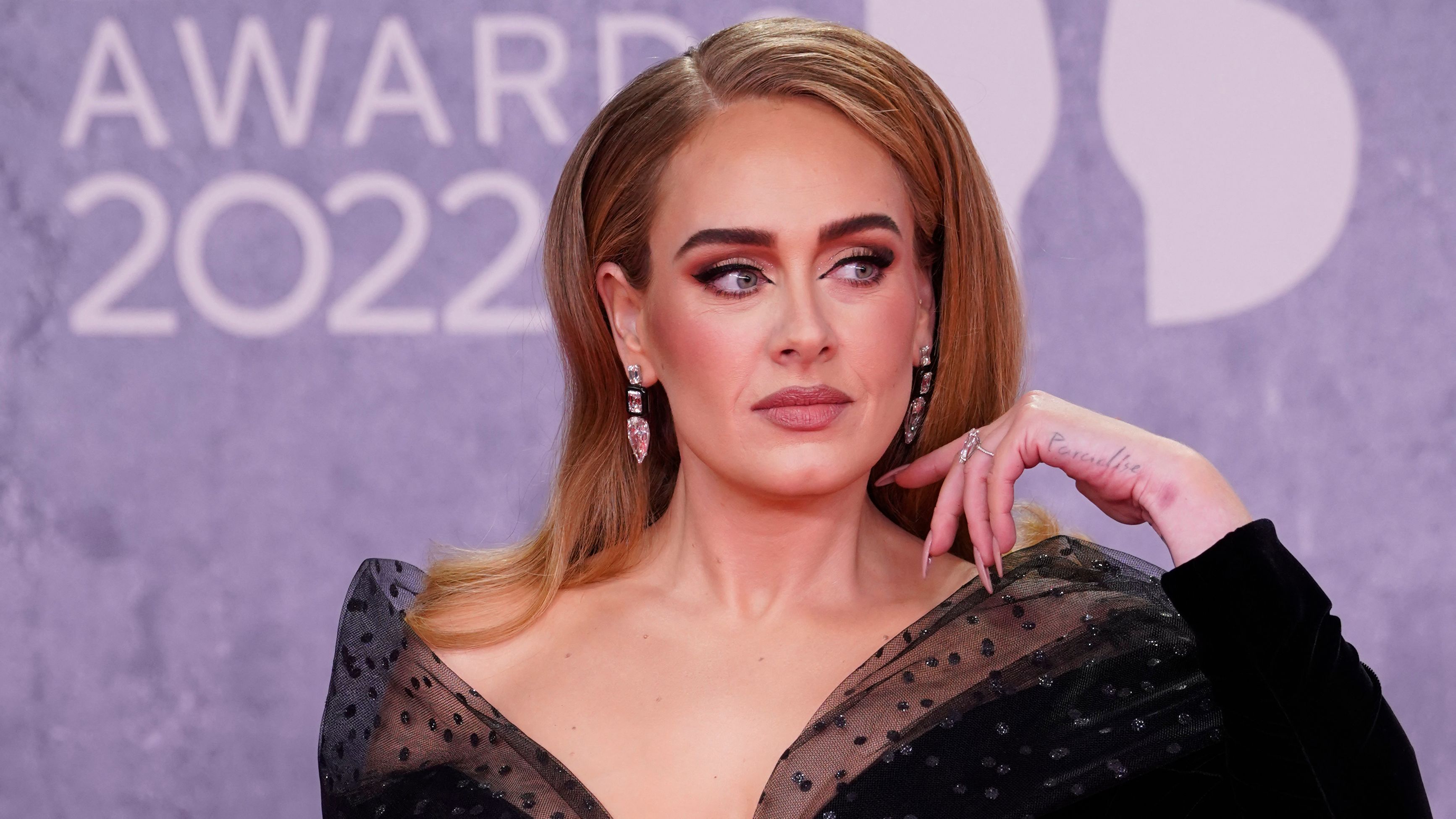
In the dazzling firmament of Hollywood, where careers are built on public personas and captivating narratives, there exists a lesser-known, yet equally enthralling, dimension to the lives of its most influential figures: their private art collections. These curated troves of masterpieces, often hidden behind the walls of their opulent residences, are far more than mere displays of wealth. They represent profound personal passions, keen intellectual curiosity, and an enduring commitment to culture that mirrors the very creativity they embody in their public lives.
Indeed, for many of Hollywood’s elite, art collecting is an extension of their artistic souls, a journey into aesthetics and history that parallels their on-screen or on-stage triumphs. From legendary musicians to Academy Award-winning actors, these individuals and power couples have transformed their homes into personal galleries, each piece telling a story not only of the artist who created it but also of the discerning eye that acquired it. This pursuit goes beyond mere investment; it is about surrounding oneself with beauty, stimulating the mind, and preserving cultural treasures for generations.
We embark on an exclusive journey behind the velvet rope, offering a glimpse into the sophisticated world of art connoisseurship among Hollywood’s luminaries. This in-depth exploration will reveal the diverse tastes, strategic acquisitions, and deeply personal connections that define some of the most extraordinary private art collections, providing insightful commentary into how these icons become curators of culture in their own right. From historical legacies to contemporary statements, these collections are as unique and compelling as the celebrities who own them.
1. **Kathryn and Bing Crosby: A Legacy Woven in Art and Hollywood History**The tale of Kathryn and Bing Crosby’s private collection offers a fascinating window into the refined tastes of a classic Hollywood power couple, a collection built with thoughtful deliberation over decades. This year, the holiday spirit arrived early in New York City with the anticipation of Sotheby’s live auction, “Swinging on a Star: The Private Collection of Kathryn and Bing Crosby,” following five days of public viewing at the Breuer Building. It’s an event that promises to unveil a significant chapter of their private pursuits, paralleling their immense public success.
The breadth of their collection speaks volumes about their informed and sophisticated approach to collecting, as noted by Helen Culver-Smith, Sotheby’s Head of Decorative Arts Worldwide. The sale encompasses an extraordinary array of fine art, elegant furniture, cherished Hollywood memorabilia, and rare Fabergé pieces. This diversity reflects not only their storied life in entertainment but also their passions and interests that extended far beyond the confines of the silver screen.
Their son, Harry Crosby, eloquently shared insights into his parents’ instinctive and spontaneous draw to art and collectibles. Bing’s deep affection for horse racing naturally led to an interest in sporting art, while his love for England, flyfishing, and hunting was equally mirrored in his acquisitions. His ranching experiences, from Elko, Nevada, to Rising River Ranch in Northern California, deeply influenced his appreciation for western art, painting a vivid picture of his life through his collection.
Kathryn Crosby, on the other hand, developed a profound interest in Fabergé early in their marriage, supported wholeheartedly by Bing. She meticulously collected, meeting experts like the Schaeffer family and Wartski, cultivating a deep understanding of these intricate objects of vertu. Uniquely, some of these exquisite Fabergé items were not merely displayed but worn by Kathryn, a “very unique approach” that underscored her “singular, bold, and creative style,” transforming precious objects into personal adornments.
Saying goodbye to these cherished items is undeniably difficult for the family, yet they recognize the importance of finding good homes for these works. The auction provides a rare glimpse into a collection that helped define a family’s private residence and personal history, showcasing notable pieces such as paintings by Sir Alfred James Munnings, Jean-Baptiste-Camille Corot, and Charles Marion Russell, along with the grand piano used in Crosby’s film *High Society* for the song ‘Now You Has Jazz,’ expected to fetch a considerable sum.
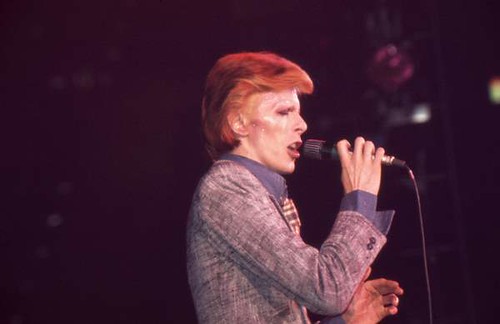
2. **David Bowie: The Rock-Star Collector with a Visionary Eye**David Bowie, the legendary musician whose artistic transformations captivated the world, was equally a dedicated art collector whose taste was as eclectic and boundary-pushing as his music. His collection, spanning modern British paintings to cutting-edge contemporary art and furniture design, was a deeply personal extension of his creative spirit. For Bowie, art was not just a pastime but a vital source of inspiration and connection to a world he profoundly admired.
His passion for art was eloquently summarized by his own admission: “art was, seriously, the only thing I’d ever wanted to own… It can change the way I feel in the mornings.” A former art school student, Bowie maintained a lifelong connection to painting and sculpture, even as he rose to global musical stardom. He saw art as a conduit for his myriad artistic personas, suggesting, as he sang in “Andy Warhol,” that visual art “put you all inside my show.”
Bowie’s colossal art collection, comprising over 350 pieces, was famously diverse, reflecting his fascination with surrealism, post-war British art, and significant contemporary works. His holdings included paintings by renowned artists such as Frank Auerbach, Henry Moore, Damien Hirst, and Jean-Michel Basquiat, alongside surrealist objets d’art by Marcel Duchamp. Notably, he acquired Basquiat’s “Air Power” in 1995, shortly after portraying Andy Warhol in the film *Basquiat*, a canvas that later sold for over £7 million.
His collecting habits extended beyond canvas to design objects, showing a particular obsession with the 1980s Memphis Design movement. He amassed over 100 pieces of radical furniture and decor by Ettore Sottsass, a quirky subset of his collection that collectively fetched about $1.7 million. Bowie was a constant presence at galleries and auction houses, sometimes incognito, treating collecting as a “very personal journey” guided by passion rather than fleeting trends, acquiring works through dealers and global auctions.
The true scope of his holdings remained largely private until his passing in 2016, when his estate consigned his collection to Sotheby’s. The “Bowie/Collector” sale was a blockbuster, with over 350 lots across three auctions realizing approximately £32.9 million ($41.1 million), far exceeding estimates. This astounding value underscored the quality of Bowie’s discerning eye and the appreciation of art investments, such as a painting he bought for a few thousand in 1995 that soared to over £7 million two decades later.
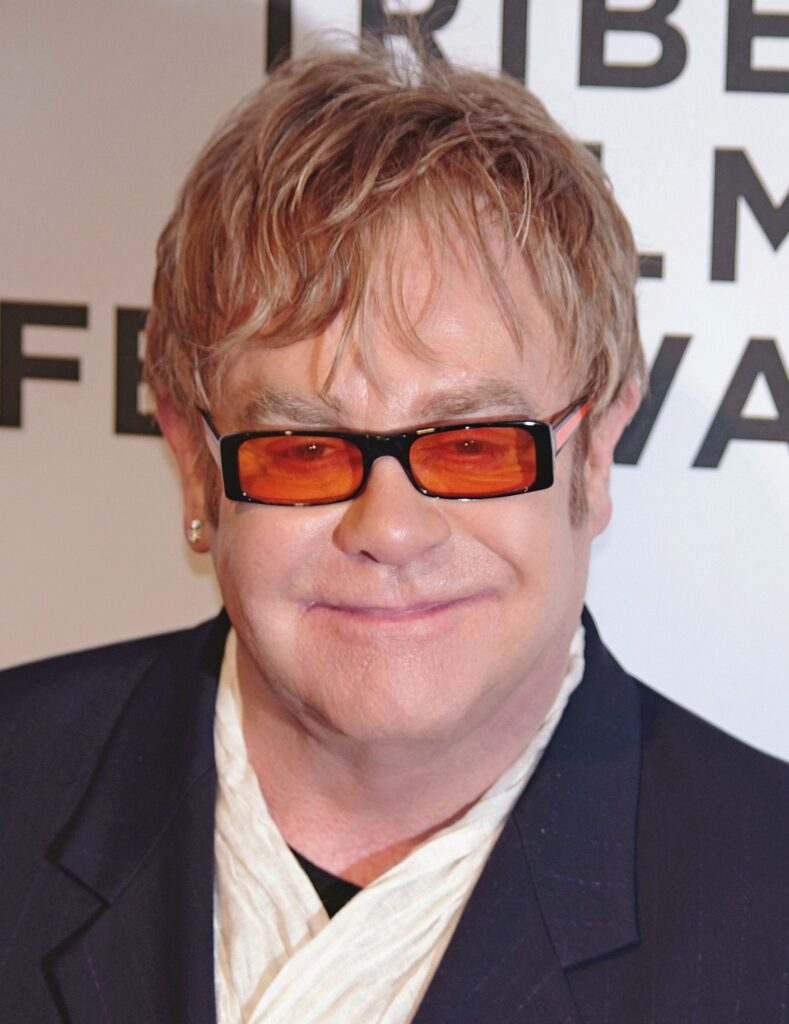
3. **Sir Elton John: A Photographic Journey of Passion and Philanthropy**Sir Elton John, celebrated globally as the flamboyant “Rocket Man” of rock music, holds an equally esteemed position in the art world for his truly extraordinary collection of photography. Over the past quarter-century, Elton and his husband, David Furnish, have meticulously built what is widely regarded as “one of the largest private collections of photography in the world,” a testament to his profound and unwavering passion.
This second great passion ignited in the early 1990s, following Elton’s sobriety. With newfound clarity and resources, he channeled the same fervor he once dedicated to music memorabilia into collecting fine art photography. The remarkable result is a collection that comprehensively charts the history of 20th-century photography, with a particular emphasis on the modernist period.
Elton’s collection predominantly features classic modernist photographs from the 1920s through the 1950s, complemented by a selection of contemporary works. Stepping into his homes is akin to entering a photography museum, with walls adorned by iconic images from masters such as Man Ray, André Kertész, Berenice Abbott, and Edward Steichen. “Each of these photographs serves as inspiration for me in my life; they line the walls of my homes and I consider them precious gems,” Elton revealed, underscoring the deep personal connection he shares with each piece.
His taste is both scholarly and highly refined, extending far beyond simply acquiring renowned names for status. Elton genuinely appreciates the artistry and historical significance encapsulated within each photograph, often collecting entire portfolios and rare prints to preserve fragile moments of photographic history. He has even acquired prints with the express intention of donating them to public collections, highlighting his philanthropic vision alongside his personal enjoyment.
Elton has consistently been a prominent figure at auction houses like Christie’s and Sotheby’s, where he has secured vintage prints, and he collaborates closely with leading photography dealers to unearth hidden gems. A significant portion of his collection was famously lent to London’s Tate Modern in 2016 for “The Radical Eye: Modernist Photography from the Sir Elton John Collection,” an exhibition that offered a “once-in-a-lifetime peek inside Elton’s home” and his treasure chest of photography. Critics hailed the show as “astonishing,” and Elton used the occasion to announce his long-term plan to donate important works to public institutions, emphasizing the artistic value of his collection beyond monetary figures.
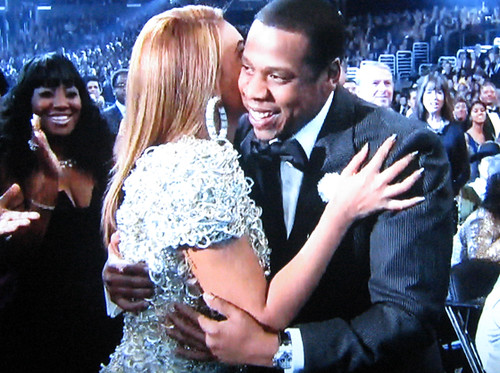
4. **Beyoncé & JAY-Z: Hip-Hop Royalty Curating a Modern Art Legacy**When it comes to the intersection of music, power, and art collecting, Beyoncé and JAY-Z stand as an unrivaled force. This iconic music mogul couple possesses a famed passion for art that is as substantial and trend-setting as their superstar status. Their indelible mark on the art world was perhaps most strikingly announced when they filmed their 2018 music video “APESHIT” inside the Louvre Museum in Paris, dancing before masterpieces like the Mona Lisa, symbolically claiming their place among cultural giants.
The Carters’ private art collection is estimated to be worth tens of millions of dollars, a reflection of their discerning eyes and strategic approach to acquisitions. For JAY-Z, collecting art is both a profound cultural mission and a family affair. As he famously rapped in *The Story of O.J.*, “I bought some artwork for one million, two years later, it’s worth two million,” articulating art’s dual role as an investment and a lasting legacy for his children.
Their collection is a veritable “who’s who” of modern art, featuring some of the “hottest names” in contemporary art. The undisputed crown jewel is a 1982 Jean-Michel Basquiat painting titled “Mecca,” depicting a bold orange Empire State Building, which they acquired for $4.5 million in 2013 and is now estimated to exceed $20 million in value. Basquiat’s signature crown motif and raw, graffiti-like energy deeply resonate with the couple’s appreciation for street creativity and powerful black cultural voices.
Beyond Basquiat, their extensive holdings include works by Andy Warhol, Richard Prince, George Condo, Ed Ruscha, and David Hammons. Notably, Beyoncé and JAY-Z are also champions of emerging and marginalized artists, frequently acquiring pieces from young black painters and photographers before they achieve widespread fame. This intelligent blend of blue-chip masterpieces and cutting-edge new art makes their collection both culturally significant and remarkably financially savvy.
The Carters navigate elite art circles with the same discreet yet decisive authority they demonstrate in music. They collaborate with top art advisors and are known to make significant purchases at major auctions, with JAY-Z himself spotted at Sotheby’s and Phillips. He even loaned a Basquiat painting, *CPRKR*, to the Guggenheim Museum’s Basquiat exhibition, signaling a willingness to share their treasures with the public. Their acquisition style often generates headlines, such as the amusing incident at a 2018 charity art gala where their daughter, Blue Ivy, at just six years old, playfully bid $19,000 on a painting, securing a $10,000 artwork, proving the collecting bug runs in the family.
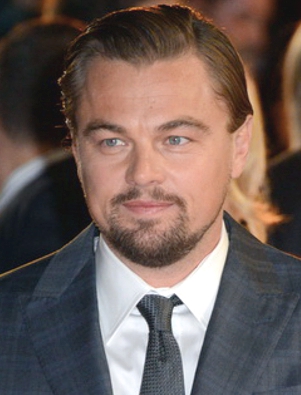
5. **Leonardo DiCaprio: Hollywood A-Lister and Art Aficionado**Academy Award-winning actor Leonardo DiCaprio is as celebrated for his profound art savvy as he is for his iconic film roles. A remarkably active collector and dedicated philanthropist, DiCaprio has seamlessly integrated art into both his personal lifestyle and his extensive charitable endeavors. He is a familiar presence at prestigious events like Art Basel and high-end auctions, often seen engaging with artists and dealers, sometimes discreetly in a baseball cap.
Leo’s art collection is a testament to both personal passion and a powerful tool for global good. While he has studied art history and finds art to be a meaningful investment, both intellectually and financially, his motivation extends significantly to philanthropy. He strategically leverages art to fundraise for environmental conservation, his lifelong pet cause, by auctioning parts of his collection or facilitating sales for charitable benefit.
DiCaprio’s taste is broad, spanning modern and contemporary art, featuring works by an impressive array of artists. His walls might showcase a classic mid-century Warhol silkscreen alongside a whimsical, anime-inspired painting by Takashi Murakami. He holds a particular fondness for Walton Ford, an artist renowned for his large-scale watercolor paintings of wild animals, and is, in fact, personal friends with Ford. At a 2013 Christie’s charity auction, which DiCaprio himself organized—the “11th Hour Auction”—he notably purchased a Walton Ford painting for $250,000 to support the cause.
His market savvy is considerable; DiCaprio possesses a keen eye for identifying talent early, often acquiring works by emerging artists just as they begin to gain prominence, such as Oscar Murillo. These early acquisitions have the potential to multiply significantly in value, further enhancing the monetary worth of his collection, rumored to be well over $10 million. His collecting often intersects directly with his philanthropy, as evidenced by the “11th Hour Auction” he curated with gallerist Jeffrey Deitch, which raised over $38 million for environmental charities through works donated by artists like Banksy and Basquiat.
DiCaprio’s journey as an art collector has also included moments that underscore his unwavering ethical standards. In 2015, he unwittingly acquired a stolen Basquiat drawing from a shady art dealer but promptly returned it upon discovery. Similarly, a prized Picasso painting he received from a financier embroiled in scandal was fully surrendered to authorities, demonstrating his integrity over possession. Whether quietly expanding his private gallery or curating a sale for charity, Leo approaches collecting with the same dedication he brings to acting—seeking out the best, and striving to leave the world more beautiful and better than he found it.
Through it all, Leonardo DiCaprio has matured into a distinguished art connoisseur, utilizing his immense fame not for ego, but to champion art, artists, and critical environmental causes. His presence at Art Basel, where he navigates booths with an entourage, always creates a buzz among dealers, symbolizing his influence and genuine engagement with the global art scene.”
Continuing our deep dive into the world of celebrity art connoisseurs, this section examines four additional world-class collections, highlighting diverse approaches to acquisition, the strategic investment in art, and their unique legacies within the global art market.
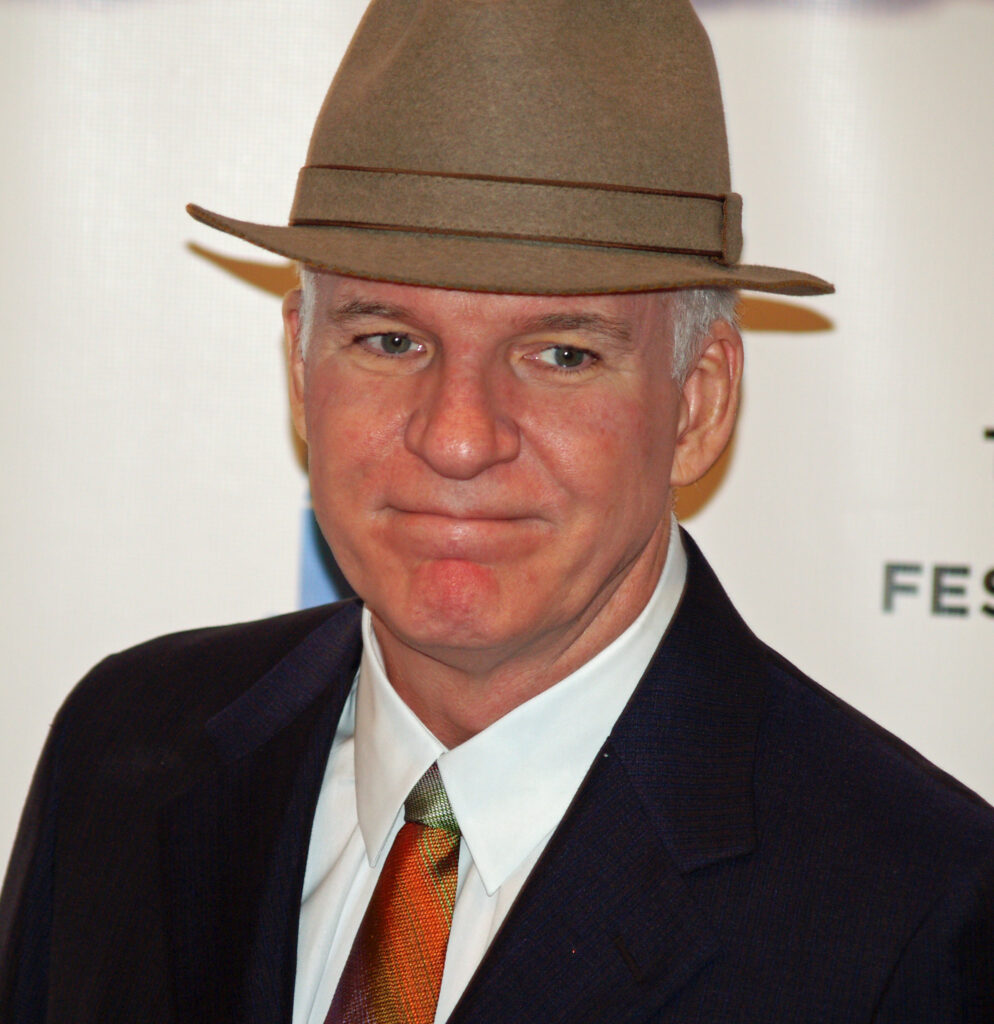
6. **David Geffen: The Mogul’s Modernist Mecca**In the pantheon of Hollywood’s most influential figures, David Geffen stands as a titan whose reach extends far beyond the realms of music and film. As the cofounder of Dreamworks Animation and Asylum Records, his impact on popular culture is undeniable, yet it is his profound devotion to art that truly sets him apart. Geffen is not merely a collector; he is a custodian of culture, amassing a private art collection so monumental it is credited as the largest in the world in his sole possession, reflecting a passion that arguably outshines even his storied ventures in media.
His collection is a veritable powerhouse of twentieth-century art, with a particular emphasis on the abstract expressionist and pop art movements that redefined American artistic identity. Imagine walking through galleries adorned with the explosive energy of Jackson Pollock, the profound human figures of Willem de Kooning, the vibrant landscapes of David Hockney, and the groundbreaking collages of Robert Rauschenberg. These are the cornerstones of Geffen’s aesthetic empire, each piece a testament to his discerning eye and his commitment to acquiring works that shaped and challenged artistic conventions.
With an estimated worth of $2.3 billion, Geffen’s collection comprises nearly a quarter of his staggering net worth, illustrating the profound financial and personal investment he has poured into this domain. This isn’t just about accumulating wealth; it’s about surrounding oneself with the apex of human creativity, fostering an environment where art dialogues with power, and history intertwines with contemporary vision. Geffen’s meticulous curation reveals a collector who understands the pulse of the art market as keenly as he does the entertainment industry.
His strategic acquisitions over the decades reflect a collector who bought not just for status, but for profound artistic merit, often anticipating trends and securing masterpieces that would define an era. The sheer scale and quality of his holdings speak volumes about a life dedicated to the arts, an enduring legacy forged in brushstrokes and bold statements. It is a collection that inspires awe and stands as a testament to the unparalleled vision of a true Hollywood mogul.
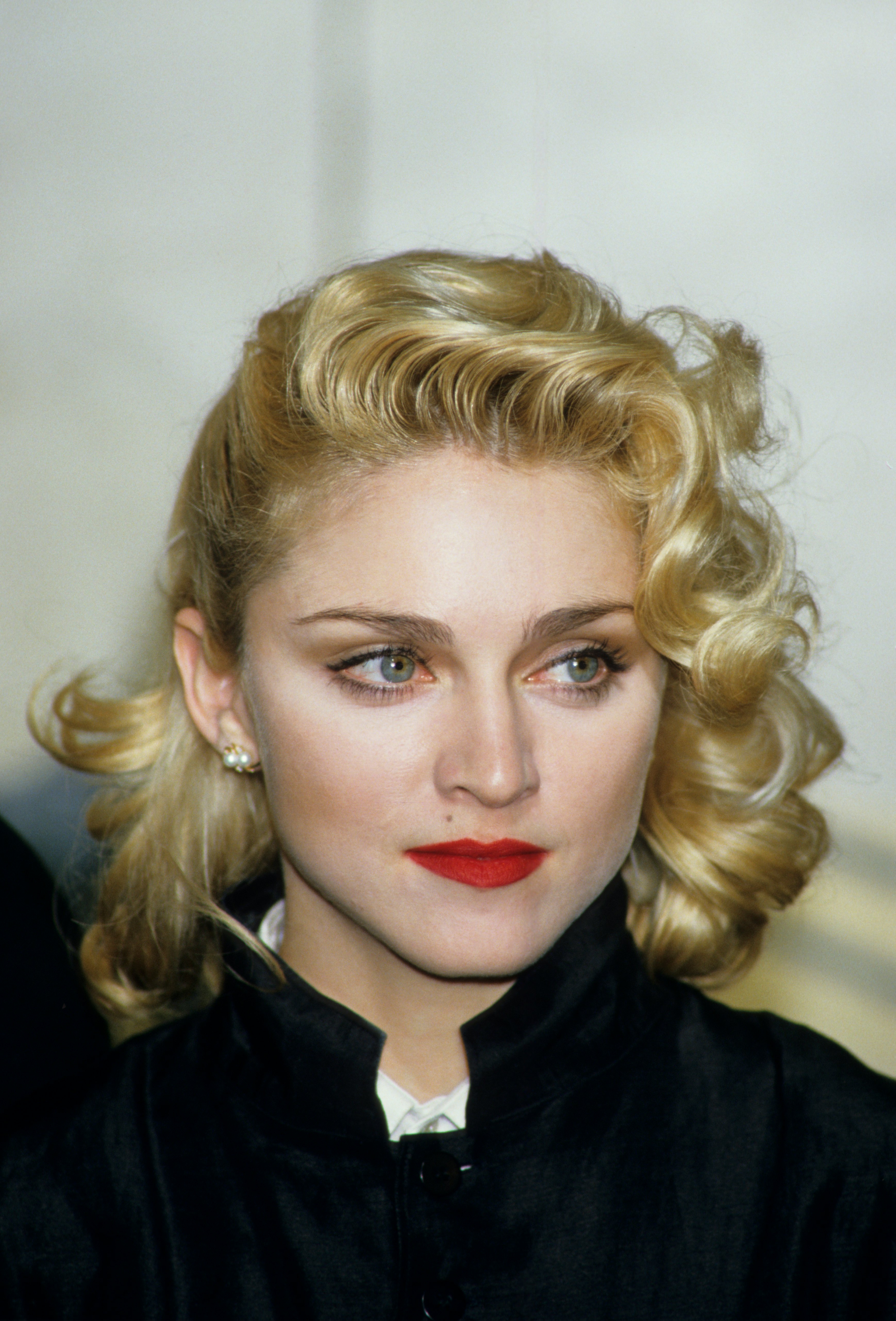
7. **Madonna: The Material Girl’s $160 Million Art Trove**Pop icon Madonna has consistently redefined cultural boundaries throughout her illustrious career, and her approach to art collecting is no exception. With an estimated worth of $160 million, her art holdings are as bold and boundary-pushing as her music and persona, firmly placing her among the top celebrity collectors by value. Over decades of superstardom, she has quietly and meticulously assembled a collection that spans significant periods and movements, reflecting her deep fascination with art and artists dating back to her formative years in 1980s New York.
Madonna’s collection is anchored by several blockbuster works, trophies that any major museum would covet. Among her most prized possessions is an iconic Frida Kahlo self-portrait, “Self-Portrait with Monkey” (1940), a powerful piece resonating with her own fiercely feminist and unapologetic spirit. She also owns a rare Pablo Picasso painting, “Buste de Femme à la Frange” (1938), alongside works by Damien Hirst. Her close friendships with seminal artists like Keith Haring in the 1980s further suggest her trove includes some of Haring’s distinctive graffiti-pop art, blending high art with street culture in a manner Madonna has always championed.
Her early immersion in New York’s vibrant art scene meant rubbing shoulders with luminaries such as Andy Warhol and even dating Jean-Michel Basquiat in 1982. This relationship birthed a legendary, albeit bittersweet, anecdote: “When I broke up with him he made me give [the paintings he gave me] back – and then he painted over them black,” Madonna once revealed of Basquiat’s post-breakup artistic act of destruction. Despite this dramatic turn, her love for art never waned, leading her to acquire other significant pieces by artists like Salvador Dalí, Fernand Léger, and Tamara de Lempicka, often gravitating towards works that, much like her own artistic output, challenged norms around gender, uality, and religion.
Madonna acquires her art with the discernment expected of a collector with her stature, making purchases at major auctions and through reputable dealers. In the 1990s and 2000s, she was a known presence at Sotheby’s auctions, actively acquiring Impressionist and modern works, often guided by high-profile art advisors. Beyond personal enjoyment and investment, Madonna has strategically leveraged her art collection for philanthropic endeavors. In 2013, she famously sold Fernand Léger’s “Trois Femmes à la Table Rouge” for $7.2 million, donating all proceeds to fund girls’ education projects in Afghanistan and Pakistan, demonstrating how art can translate into tangible real-world impact.
Her collection’s financial value has undoubtedly ballooned, with her Kahlo alone potentially fetching $50 million today, and her early-acquired Picassos appreciating significantly. Yet, for Madonna, art transcends mere monetary value; it’s about identity. She has publicly expressed seeing herself reflected in the bold women depicted by Kahlo or Tamara de Lempicka, even styling her music video visuals, such as “Vogue,” to echo classic art images. This deep personal connection, combined with her commitment to sharing her treasures for good, underscores Madonna’s role not just as a collector, but as a passionate patron and curator of culture.
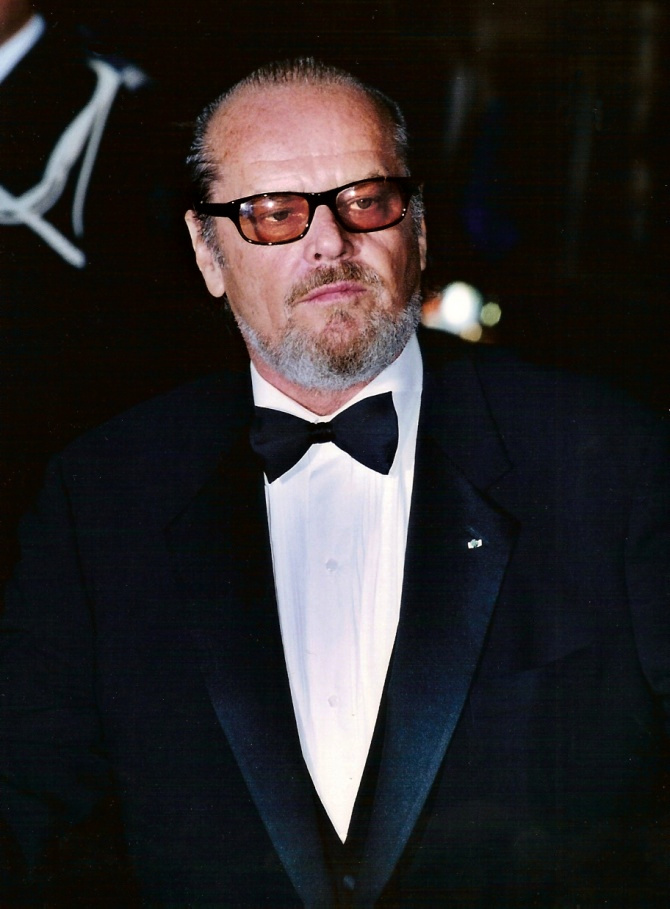
8. **Jack Nicholson: The Icon’s Eclectic Canvas**Multi-Oscar-winning actor Jack Nicholson stands as one of America’s most iconic cinematic figures, a legend whose performances have shaped generations of film. Yet, his prowess extends beyond the silver screen into the equally captivating world of art collecting, where he holds his own among the most discerning connoisseurs. With a vast collection estimated to be worth an impressive $150 million, Nicholson has been an active art collector since the 1960s, a testament to a lifelong passion that, by many accounts, even outshines his extensive real estate empire.
Nicholson’s collection is a rich tapestry of 20th-century and contemporary works, a reflection of his sophisticated and apparent passion for artistic innovation. His walls are adorned with masterpieces by giants of the art world, including the cubist complexities of Picasso, the vibrant hues of Matisse, the sculptural grandeur of Rodin, the distinctive volumetric figures of Botero, and the pop art provocations of Warhol. This diverse range speaks to a collector who appreciates the full spectrum of modern artistic expression, from the avant-garde movements that redefined art to the compelling narratives of contemporary masters.
For Nicholson, collecting is clearly driven by an intrinsic love for the works themselves, a desire to live amidst beauty and intellectual stimulation. The sheer volume of his collection implies a considerable amount of wall space, suggesting that his homes are, in essence, private galleries, meticulously arranged to showcase his acquisitions. It’s a personal journey of connoisseurship, where each piece contributes to a larger narrative of artistic appreciation that parallels his own storied career as an artist.
While details of his specific acquisitions and anecdotes remain largely private, his enduring presence in the art market and the formidable value of his collection underscore his discerning eye and cultivated taste. Nicholson’s quiet, yet persistent, engagement with the art world demonstrates that for some Hollywood legends, the pursuit of artistic excellence extends far beyond their public roles, becoming an integral part of their private lives and a profound source of intellectual and aesthetic enrichment.

9. **David and Ezra Nahmad: The Billionaire Brothers and Their Art Stockpile**While not actors or musicians in the traditional Hollywood sense, the Nahmad brothers, David and Ezra, are indisputably legendary figures in the global art market, whose influence and strategic approach to collecting are profoundly impactful. Credited with assembling the largest private art collection in the world, estimated at a staggering $3.5 billion, their story offers a unique perspective on art ownership as both a cultural endeavor and a highly sophisticated financial strategy. Their collection comprises more than 4,500 masterpieces, an assembly that dwarfs many institutional holdings.
This colossal trove, including an astounding 300 works by Pablo Picasso alone, is famously housed in a 15,000-square-foot warehouse in the tax-haven of Geneva. The sheer scale of their acquisitions means that most of this unparalleled collection has never been seen by the public, adding an aura of mystique to their legendary status. It’s a vast, unseen treasure chest that underscores their philosophy of art not just as aesthetic objects, but as tangible, appreciating assets.
The brothers began their journey in art dealing in the 1960s in Italy, having fled Syria due to antisemitism. They pioneered an innovative and highly successful approach, treating art much like stocks—buying low, holding, and selling high when the market dictated. This keen market acumen is exemplified by a Picasso painting they acquired in 1995 for $2.6 million, which they later sold for a monumental $30.8 million. While they do sell strategically, their primary modus operandi involves holding onto a vast majority of their works, allowing their value to appreciate over time, a testament to their long-term vision.
Their strategic investment in art has cemented their position at the apex of the international art market, demonstrating how powerful figures, even outside the direct glare of Hollywood, can shape and influence the value and availability of masterpieces. The Nahmad collection represents an extraordinary confluence of passion, business acumen, and an unwavering belief in the enduring power and financial might of art, serving as a fascinating counterpoint to the more publicly accessible collections of Hollywood’s stars.
**Icons as Curators: A Lasting Legacy**
As our exclusive journey through the private art collections of Hollywood’s most influential figures concludes, one undeniable truth emerges: these icons are far more than just entertainers; they are profound curators of culture. From Kathryn and Bing Crosby’s foundational elegance to the Nahmad brothers’ staggering market dominance, each collection tells a unique story of passion, intellect, and strategic vision. Whether driven by a personal connection to artistry, a desire for astute investment, or a philanthropic impulse to enrich the world, these luminaries demonstrate that the pursuit of art is a deeply personal and often transformative endeavor.
Their curated spaces, whether a hidden warehouse in Geneva or the adorned walls of a Californian estate, are not merely showcases of wealth but vibrant testaments to artistic legacy. These collections inspire, challenge, and ultimately preserve invaluable fragments of human creativity, ensuring their continued resonance for future generations. In their quiet yet powerful role as art connoisseurs, Hollywood’s elite, alongside other influential figures, illuminate the enduring power of art to inspire, invest, and define the very fabric of our cultural identity.

